|
Meadows, wildflowers, and mountains are my absolute favorites. There's something magical about the vast expanse of a meadow, with wildflowers dancing in the breeze. The colors, the scents, the peacefulness - it's nature's masterpiece. And let's not forget about wildflowers - they add a pop of color and a touch of whimsy to any landscape. It's like nature's way of showing off its artistic side.
This is why we love Montana so much. It's definitely somewhere to put on your bucket list if you've not been here. A memorable get-a-way! By Suzi Newman
0 Comments
Here is March, 2024 Newsletter about what's happening at our farm. This is a beginning of something fun to do, and I plan to include a lot more each month which will be exciting for me and hopefully you'll all like it too! XOXO's and Happy Spring!
Suzi, Marc and our Wind Whispers Family! #WWFnewsletter #windwhispersfarm #bestcollies #roughcollies #scotchcollies #smoothcollies #loveistheanswer In a world full of chaos, finding inner peace is like striking gold. Today, I want to share a simple yet powerful practice that can bring a sense of calm to your soul. Place your hands over your heart and repeat after me: "My heart is full of Love and Understanding." It may sound cheesy, but trust me, it works wonders.
When you place your hands over your heart, you're not just making a physical connection, but an emotional one too. Saying those words out loud is like giving your heart a warm hug. It's a reminder that you are capable of love and understanding, not just for others, but for yourself as well. So go ahead, give it a try and see how it makes you feel. So, the next time you're feeling overwhelmed or stressed out, take a moment to place your hands over your heart and repeat those magic words. It may not solve all your problems, but it will definitely bring a sense of peace and clarity to your mind. Remember, a little self-love goes a long way in this crazy journey called life. By Suzi Newman It's a snow covered landscape today. Montana is saying "so long" to winter and welcoming spring with open arms. The snow-covered landscape is transforming into a vibrant display of springtime beauty. It's like nature's way of hitting the refresh button. Enjoy the transition from winter wonderland to spring splendor – it's a show worth watching!
By Suzi Newman "We need to let go of the picture of what you thought life would be like and learn to find joy in the story you are actually living." Unknown Life doesn't always go as planned. We all have this idealized version of how things should be, but reality often has other plans. It's time to ditch the fantasy and embrace the imperfect, messy, beautiful story that is unfolding before our eyes. Trust me, there's joy to be found in the unexpected twists and turns of life.
Letting go of our preconceived notions of how life should be can be liberating. Instead of clinging to a rigid script, why not improvise and see where the journey takes you? Life is full of surprises, and the best moments often come when we least expect them. So, why not sit back, relax, and enjoy the ride? Embracing the present moment and finding joy in the little things can make all the difference. Life is too short to be constantly chasing an elusive ideal. So, let go of the picture-perfect image in your mind and start appreciating the unique, imperfect, wonderful story that is your life. Trust me, you won't regret it. By Suzi Newman Today marks the 3-week milestone for our adorable puppies. They recently started eating solid food, and let me tell you, they're chowing down like there's no tomorrow! Mama dog is a superhero, juggling between feeding her hungry pups and showering them with love and care. It's truly heartwarming to witness their healthy appetites and see them thriving.
I'm thrilled to report that all the puppies are growing and gaining weight, which is a sure sign of their good health. We're planning to capture their cuteness in new photos today, so get ready for some serious puppy overload! Can't wait to share these precious moments with everyone and spread some puppy love around. Stay tuned for the adorable updates! In conclusion, it's a joy to watch these little furballs grow and develop into healthy, happy puppies. The journey of raising them is both challenging and rewarding, but seeing their progress makes it all worth it. Thank you for sharing in our joys, Suzi If hope had a scent, it would definitely be a refreshing mix of spring blossoms and the earthy aroma of rain-kissed soil. Imagine a fragrance that embodies new beginnings and the essence of life itself - that's what hope would smell like. It's invigorating, uplifting, and full of possibilities. I mean, who wouldn't want to bask in the scent of hope?
The idea of hope smelling like spring and rain is just so spot on. It's like a breath of fresh air after a long winter - rejuvenating and promising. The scent of something new and alive, like hope, can truly change your perspective and lift your spirits. It's like a reminder that no matter how tough things may seem, there's always a chance for a brighter tomorrow. I absolutely love the concept of hope having a scent that embodies all things positive and promising. It's like a fragrant reminder that even in the darkest of times, there's a light at the end of the tunnel. So, let's take a deep breath, inhale the scent of hope, and embrace the endless possibilities it brings. By Suzi Newman #upliftingandpositive #Hope #Rain Kodiac & Hattie's baby Dragons litter.
Arrival 3/2/2024, Only 2 spots for boys open... reserve yours today! 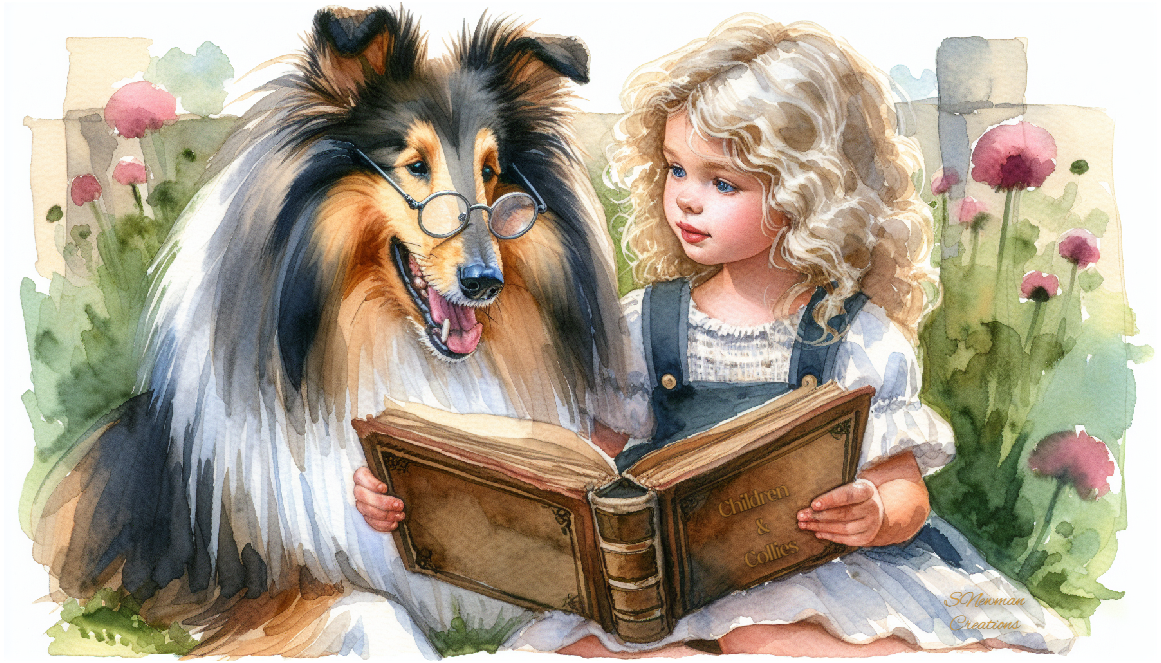 Children and collies make the perfect pair of playmates. Growing up together, they form a bond that lasts a lifetime. The adventures, mischief, and love shared between them create the best childhood memories anyone could ask for. Collies are not just pets to children; they become their loyal companions and partners in crime. Whether it's playing fetch in the backyard, exploring hidden treasures in the woods, or simply cuddling up after a long day, the bond between children and collies is unbreakable. Their friendship blossoms into a beautiful relationship filled with laughter, joy, and endless fun. The joy of watching children and collies grow up together is truly heartwarming. From teaching each other valuable life lessons to creating unforgettable moments, their friendship is a testament to the special connection between humans and animals. The adventures they embark on and the memories they create together shape the best childhood experiences, making every day an exciting new chapter in their shared story. I love making digital creations with Children and Collies. They are both such pure hearts. XOXO, Suzi "NO Judgement NO Gossip NO Lies - True Friendship & Unconditional love."
True friendship is a rare gem that shines brightest when it's free from judgment, gossip, and lies. In a world full of noise and drama, finding someone who offers unconditional love and support is like discovering a hidden treasure. It's the kind of bond that lifts you up when you're down and celebrates your victories without envy. When you have a friend who accepts you for who you are, flaws and all, you know you've found a true companion. This kind of friendship creates a safe space where you can be your authentic self without fear of ridicule or betrayal. It's a relationship built on trust, respect, and mutual understanding, making it a priceless gift in a world where genuine connections can be hard to come by. So, cherish those friends who embrace you with open arms, who listen without judgment, who speak the truth with kindness, and who love you unconditionally. These are the friends who make life's journey a little lighter, a little brighter, and a whole lot more meaningful. By Suzi Newman |
Details
|

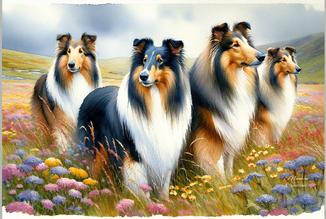


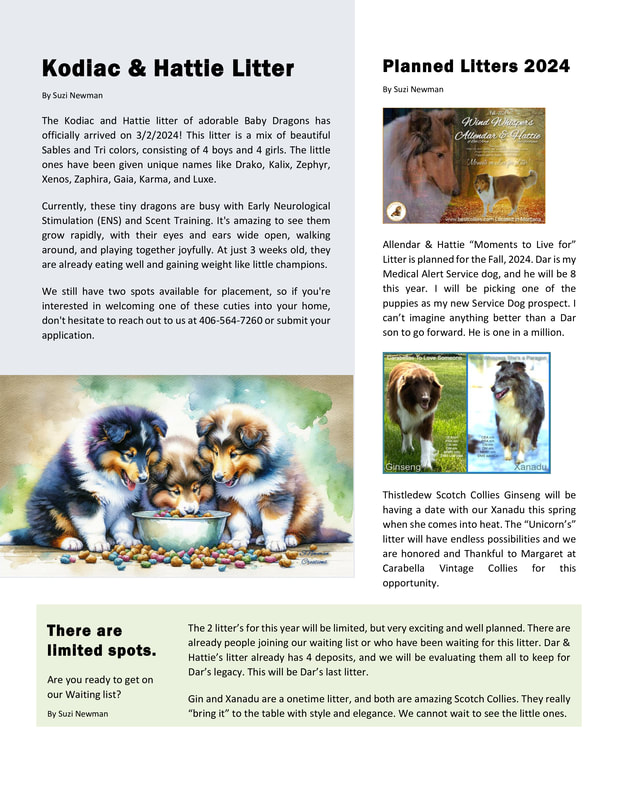
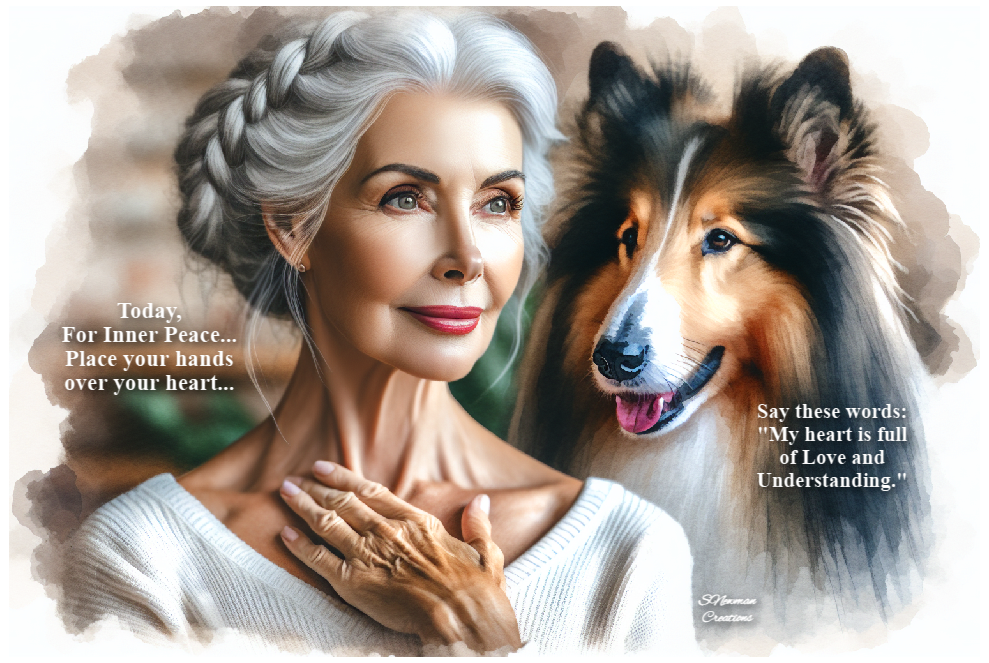


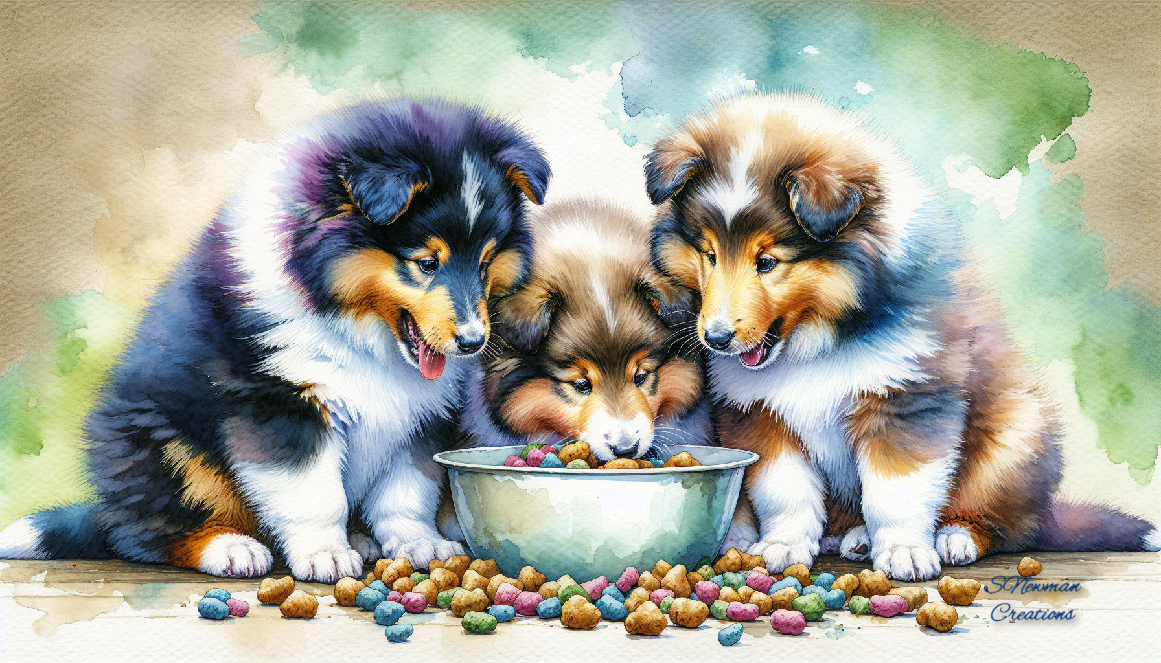
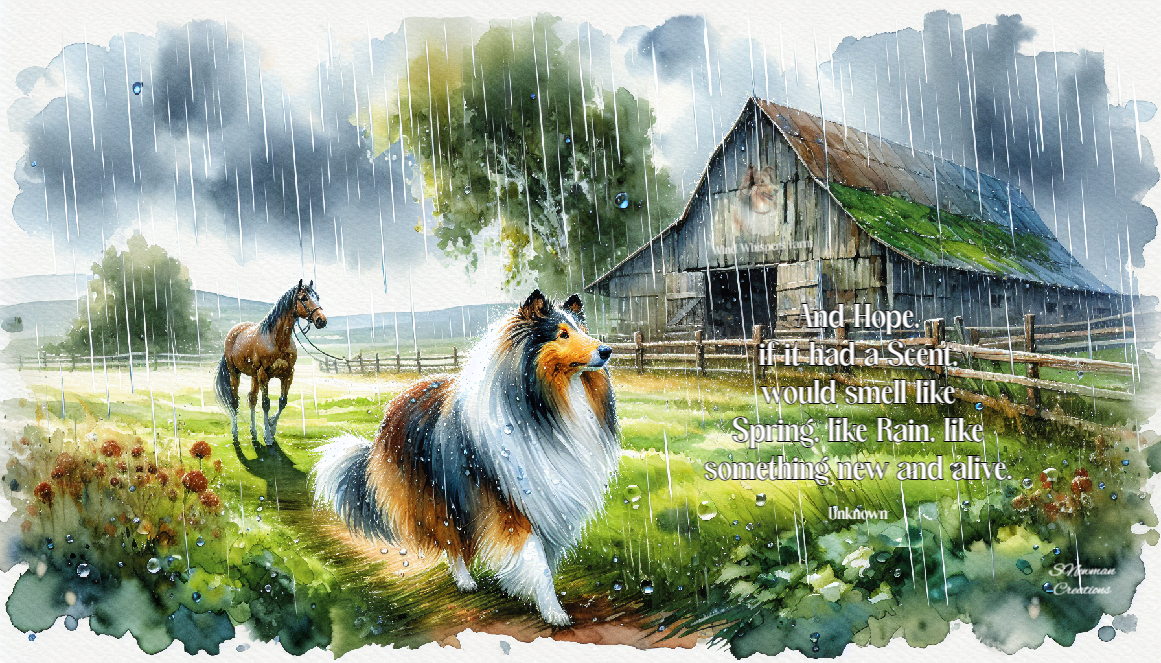
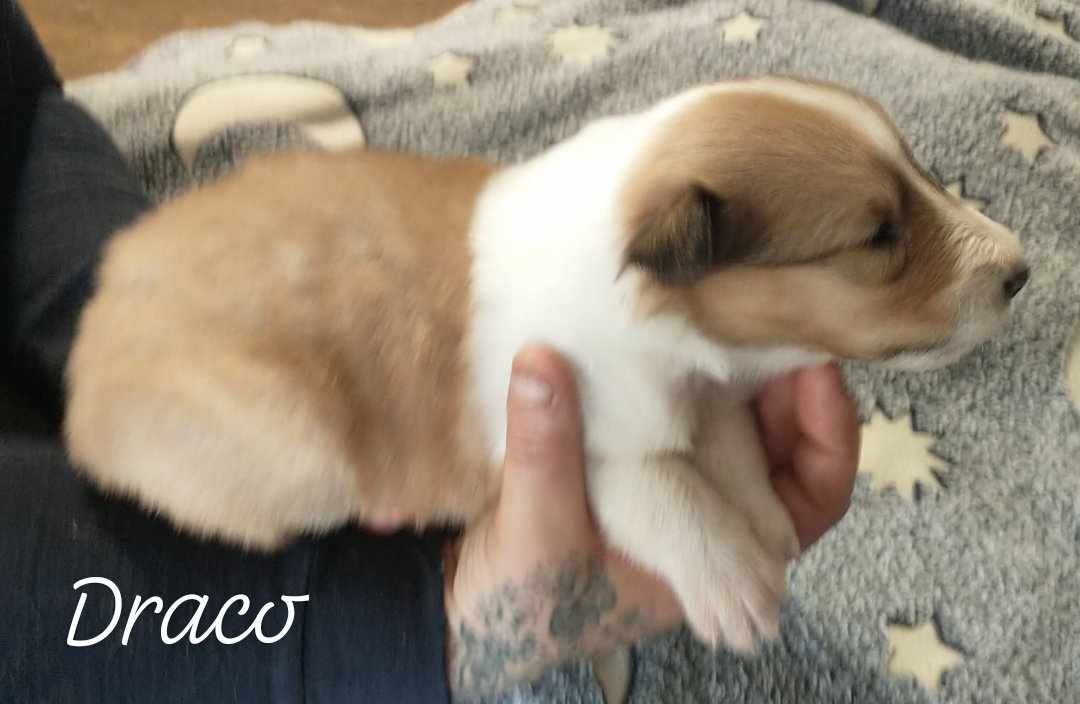
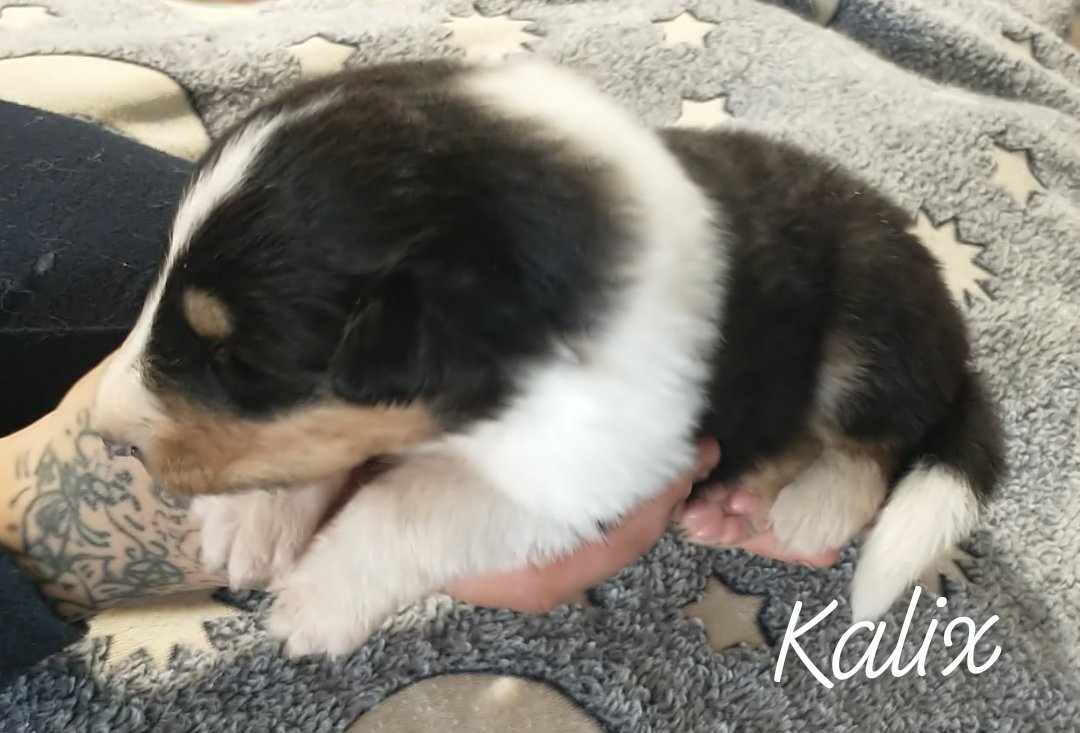
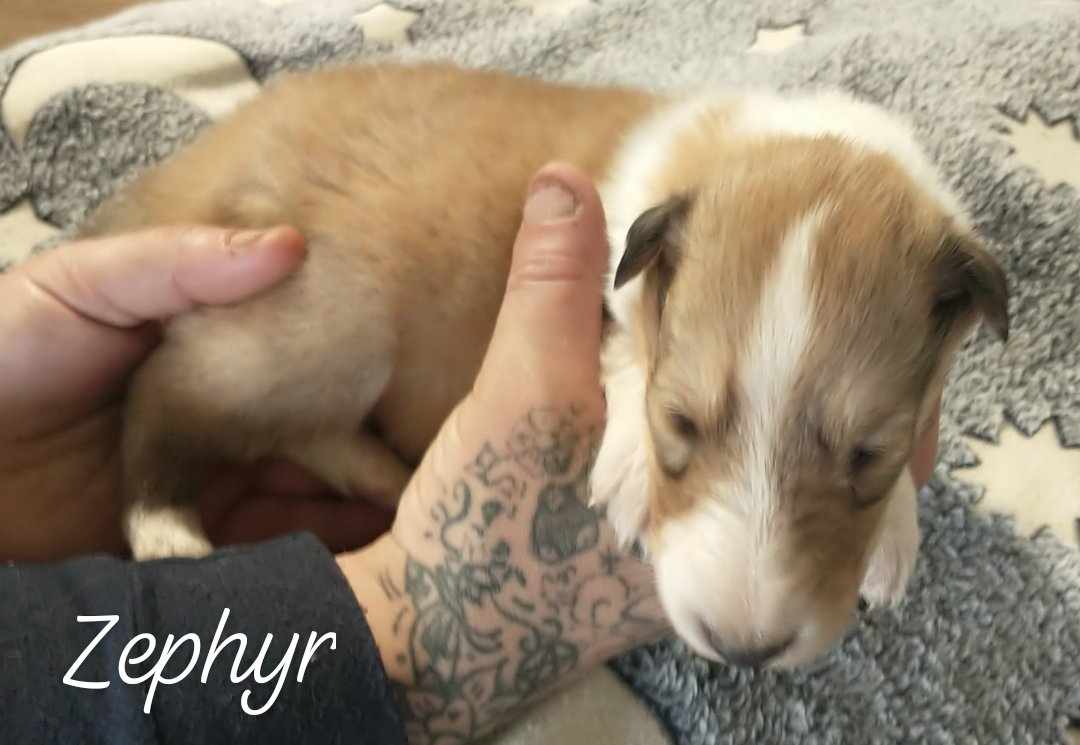

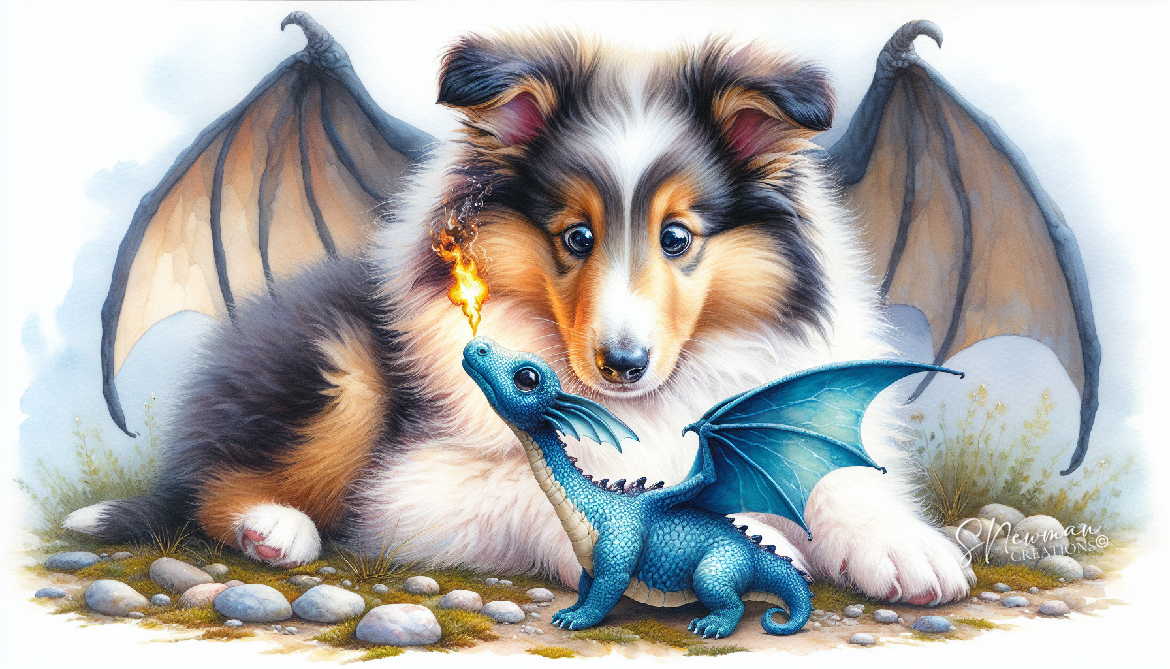
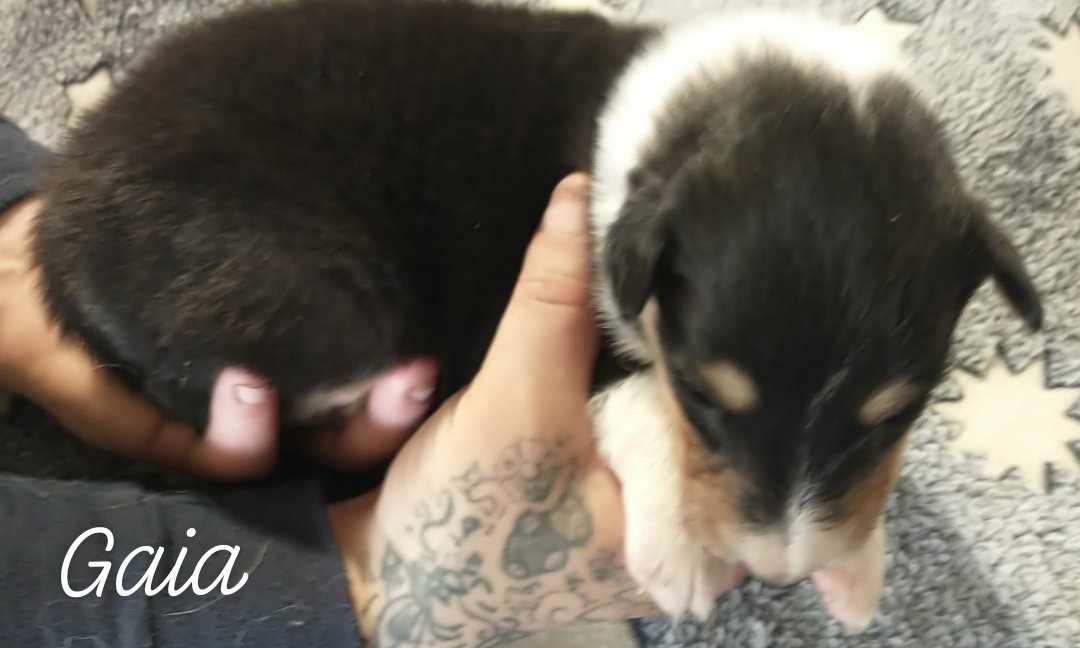
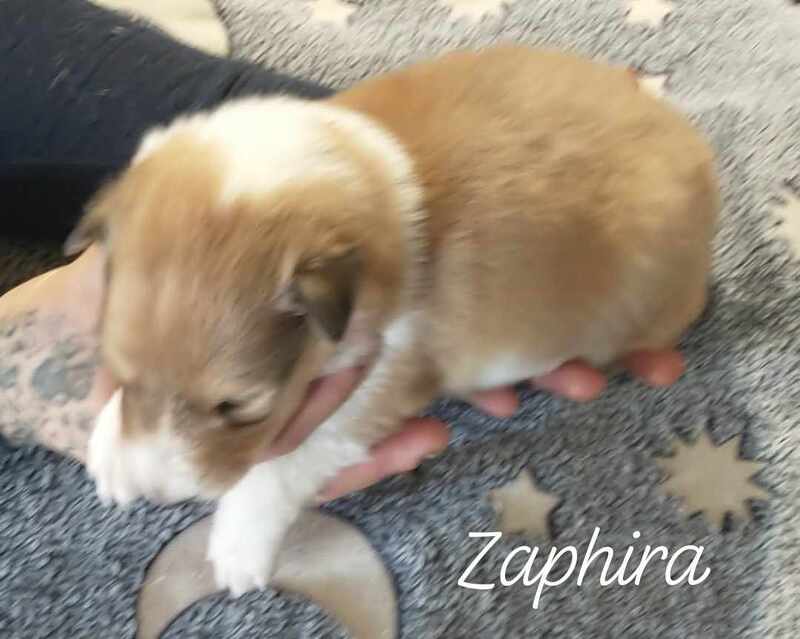
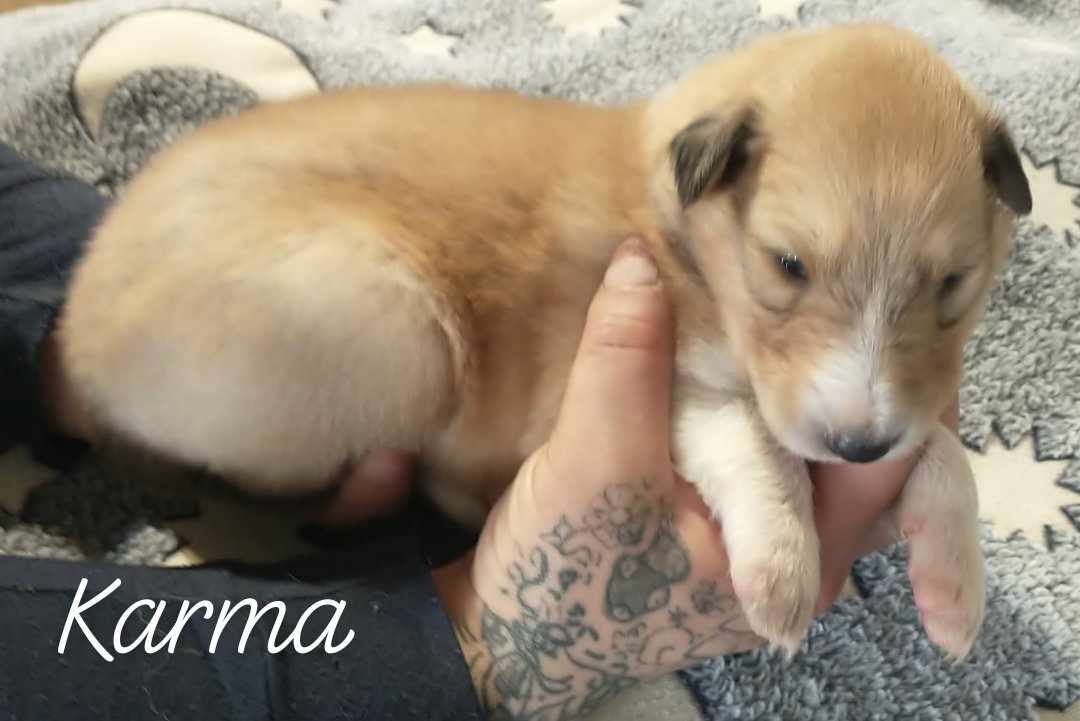
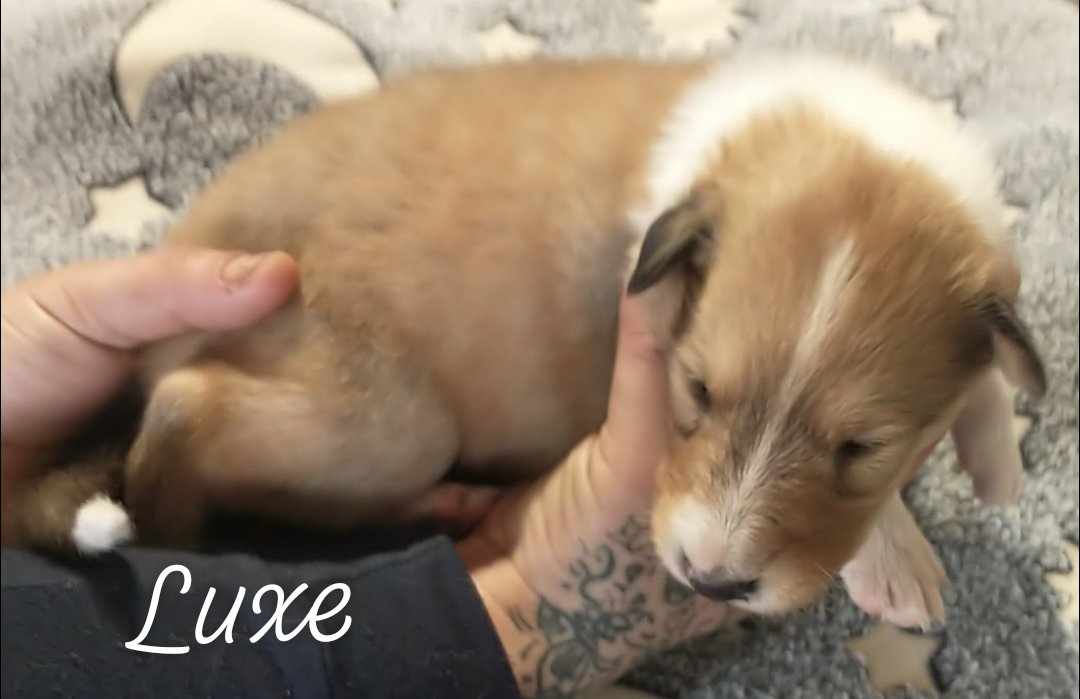


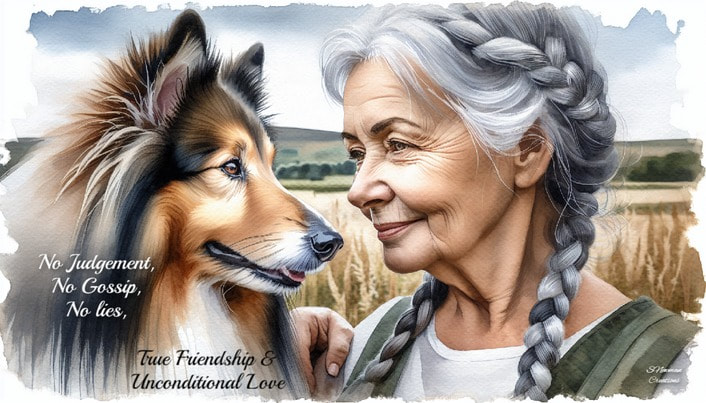
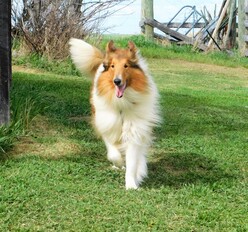
 RSS Feed
RSS Feed